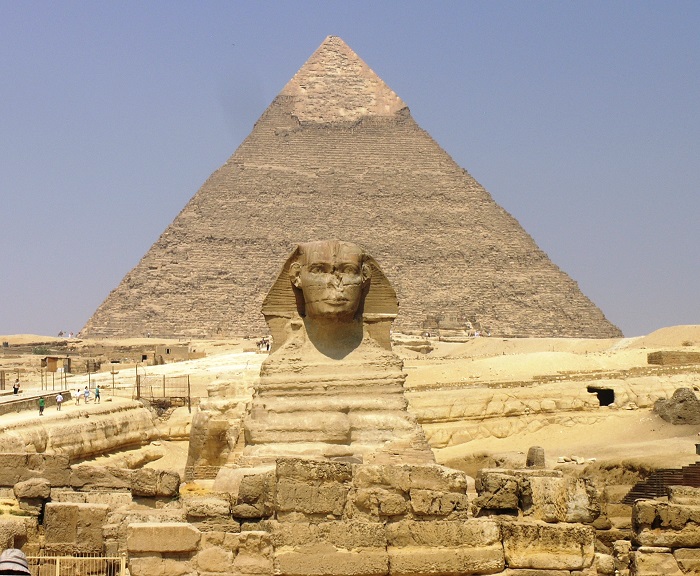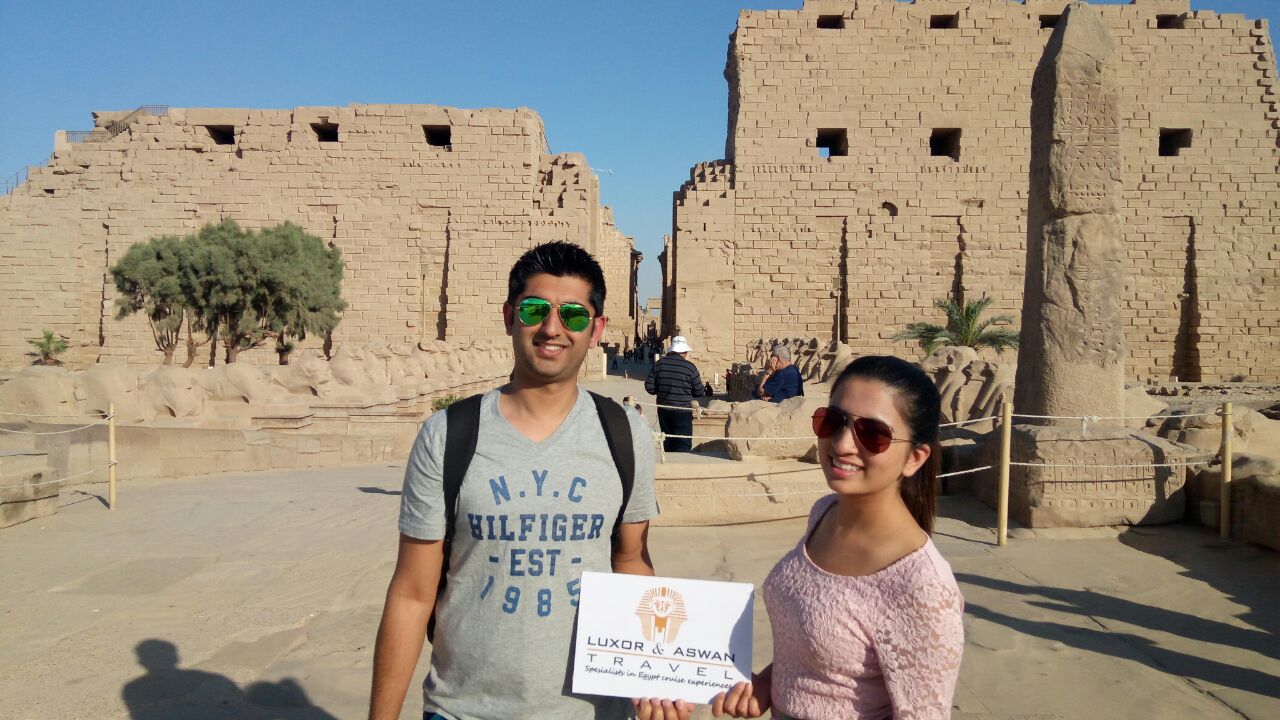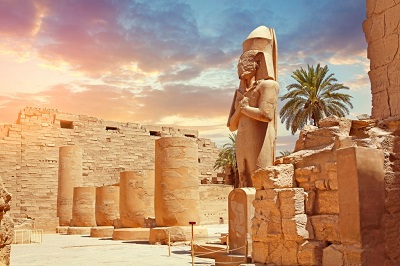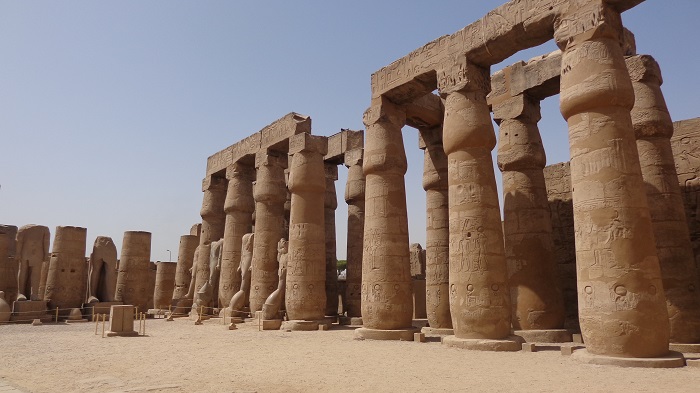Deir Al Madinah (Workers’ Village)
Deir Al-Medinah is unique in that it is the lone example of a well-preserved Egyptian village near Luxor. Kings and q...
At first glance, the Valley of the Kings, also known as the Valley of the Gates of the Kings, seems like no more than a sun-blasted gorge of generic red rock, but underneath all of its dust lay the tombs of 63 of the most important pharaohs in the history of Ancient Egypt. Used as a burial chamber for nearly 500 years from the 16th to 11th century BC, the Valley of the Kings was used for royal burials for the Kings, their families, and their possessions. In 1979, it became a World Heritage Site, as well as the rest of the Theban Necropolis.
Discovered by Howards Carter in an excavation expedition in 1922, one of the most important tombs found in the Valley of the Kings is the tomb of Pharaoh Tutankhamun and all of his treasures. This discovery has ever since then attracted tourists from all over the world as the treasures found traveled the world on a tour to spread the news that this very important discovery for the history of our civilization was discovered in the Valley of the kings. To this day excavations are still in process in some areas of the Valley of the Kings and a rotation system is in place for visitors to visit the tombs as restoration procedures are in place to recover the tombs that were found.
The Valley of the Kings is located on the west bank of the Nile River near Luxor. It is the most famous site for having unique collections of tombs and breathtaking ancient ruins. That location makes it one of the hottest spots for exploring ancient Egyptian history. The richness of the findings here in the Valley of the Kings has kept archeologists busy for nearly two centuries. If all of the tombs here where open to visitors it would be nearly impossible to actually make it to all of them, but thankfully the possibility of such a huge task is eliminated for you.
Building tombs were part of the ancient Egyptian’s belief of the afterlife and their preparations for the next world. The ancient Egyptians strongly believed in the afterlife where they were promised to continue their lives and pharaohs were promised to ally with the gods. That’s why the process of Mummification was important to preserve the body of the deceased to allow his eternal soul to wake up and live again in the afterlife. The ancient tombs also included all the belongings of the deceased as it was believed that they might need them once they woke up to live the eternal life.
Salima Ikram, a professor of Egyptology at American University in Cairo and a National Geographic grantee said that the ancient Egyptian pharaohs included many things in their tombs including pieces of furniture, clothes, and jewelry. However, what remains a mystery is that they didn’t have any books buried with them. The most interesting fact was that the tombs included many kinds of foods and drinks such as wine and beer, as well as the precious objects that meant to help the deceased pass on to the afterlife. The pharaoh’s favored companions and servants were also buried with them.
The tourism authorities only open a few of the tombs at a time in order to allow for a continual cycle of upkeep and restoration. Regardless, there are certain to be several impressive tombs open at any time. Be careful to heed the advice of your guide or guidebook on which ones to enter. The most famous tombs are not necessarily the most impressive and a ticket to the Valley of the Kings only allows you to enter three tombs. A separate ticket is required to enter Tutankhamun’s tomb although you may find it a disappointing sight, especially given the extra cost.
During the New Kingdom’s period of ancient Egyptian (1539-1075 B.C.), the Valley of the Kings was the major burial ground for most of the royal pharaohs. The most famous pharaohs buried there were Tutankhamun, Seti I, and Ramses II. Also, you will find there the royal tombs of most of the 18th, 19th, and 20th dynasties queens, high priests, and other elites of that era.Remember that Tutankhamun was a relatively minor pharaoh, made famous by the fact that his tomb is the only one in the valley that was discovered with its contents still inside, not by the grandeur of his tomb relative to the others. Those contents are now on display in the Egyptian Museum in Cairo.
Tip:While visiting remember to buy tickets at the West Bank ticket office before arriving at the Valley of the Kings. Tickets for all sites on the west bank must be purchased at this office and cannot be purchased in any other location at any of the sites.
.jpg)
Enjoy Luxor Tours from Cairo by Flight Visiting: Karnak Temple, Luxor Temple on the East bank and see the Valley of the Kings and Hatshepsut Temple on the West bank, Luxor ...

Leave you hotel in Hurghada Red Sea for a 2-day tour to see ancient Egypt's most famous monuments. Fly from Hurghada to Cairo to visit the Pyramids and Sphinx at Giza, ...

Fly to Cairo from Dahab where you will visit the Giza Pyramids, the Egyptian Museum, Khan El Khalili Cairo`s old bazaar before flying to Luxor. Visiting Karnak Temple...

Make the most of your time in Luxor on a full-day, private tour that explores the highlights of the East Bank and West Bank. You'll see the Temple of Karnak, Luxor Temp...

Safaga Shore Excursions: Overnight trip to Luxor from Safaga port visiting Luxor Temple, Karnak temples and Valley of the Kings and more. You are going to have a private to...
Your entire vacation is designed around your requirements with expert guidance every step of the way.
Speak with our Egypt specialists for your perfect luxury journey.